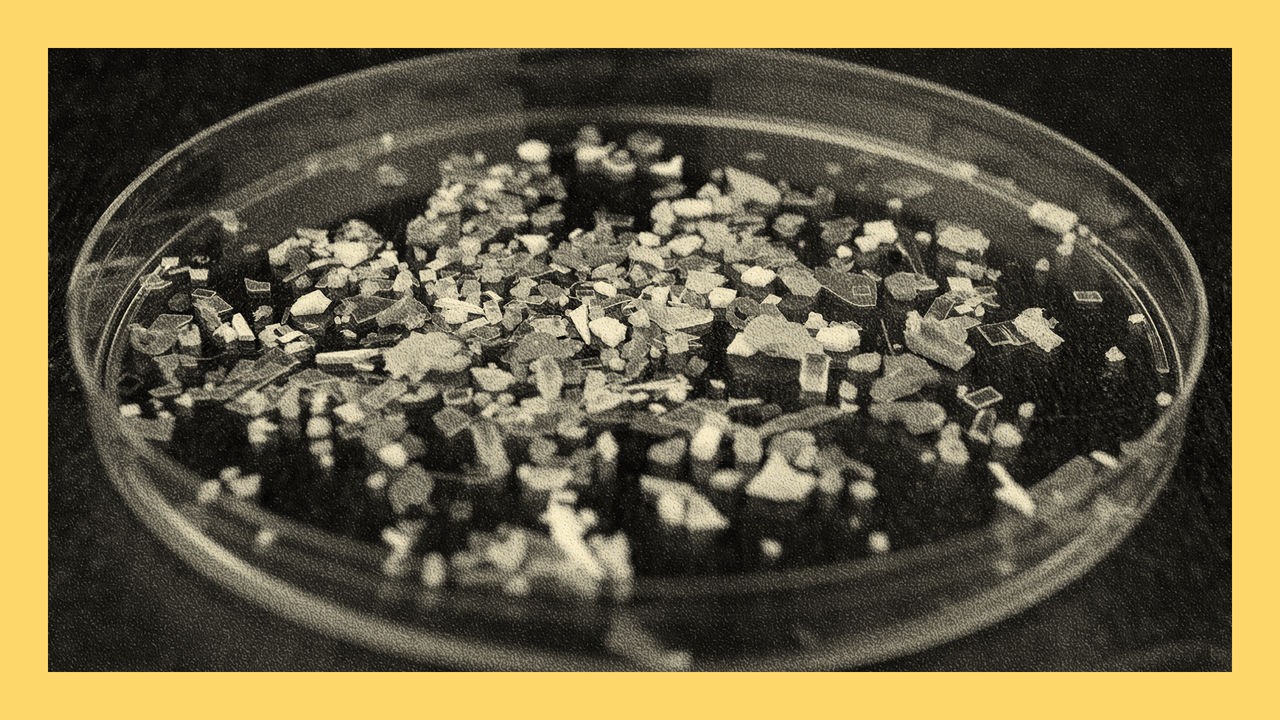The Tiny Threat: How Microplastics Are Silently Invading Your Body

Microplastics: The Invisible Invaders Lurking in Our World
In the vast landscape of environmental challenges, a microscopic menace is silently spreading its reach: microplastics. These minuscule plastic fragments, often smaller than a grain of rice, have become ubiquitous, infiltrating everything from the deepest ocean trenches to the air we breathe.
Recent scientific investigations have revealed a startling truth: microplastics are no longer just an environmental concern—they're a global phenomenon that touches every aspect of our lives. From the food we eat to the water we drink, these tiny particles have become an unexpected companion to human existence.
But should you be worried? Experts are increasingly raising alarm bells about the potential health implications. While research is still ongoing, preliminary studies suggest that these microscopic invaders might pose significant risks to human health and ecological systems.
Imagine a world where plastic particles are so pervasive that they're found in human blood, placental tissues, and even Arctic snow. This isn't science fiction—it's our current reality. These fragments originate from everyday items like clothing, packaging, and consumer products, breaking down into smaller and smaller pieces over time.
The scientific community is racing to understand the full impact of microplastics. What we know so far is both fascinating and concerning: these particles can carry harmful chemicals, potentially disrupt biological processes, and accumulate in living organisms.
While complete avoidance might seem impossible, experts recommend practical steps: reducing single-use plastics, choosing natural fiber clothing, and supporting research and policies aimed at mitigating plastic pollution.
As we continue to unravel the mysteries of microplastics, one thing becomes clear: our relationship with plastic is complex, far-reaching, and demands our immediate attention.
